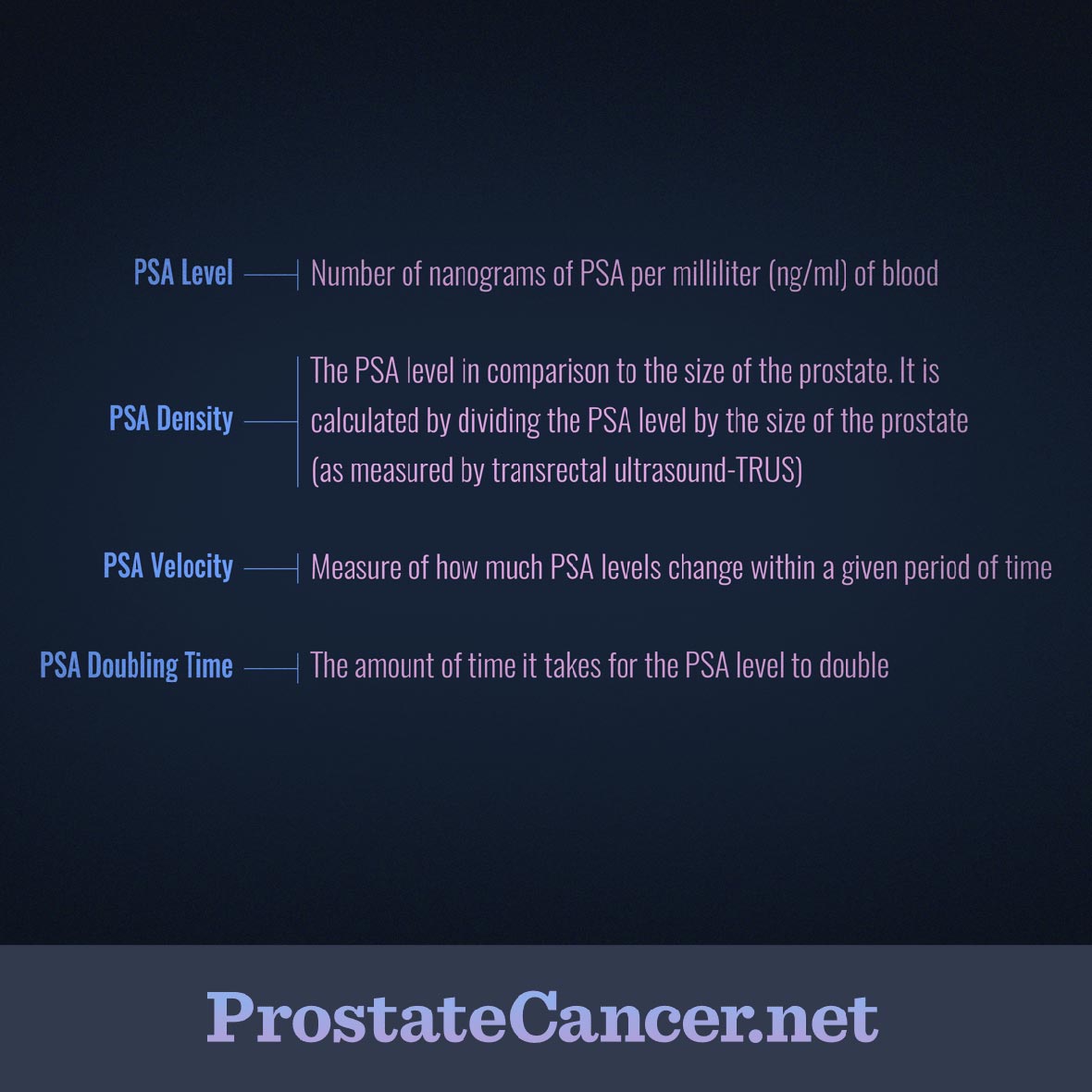What Is the PSA Test?
Reviewed by: HU Medical Review Board | Last reviewed: July 2024 | Last updated: August 2024
Diagnosing prostate cancer can be a difficult process. Doctors may need to run multiple tests to diagnose prostate cancer. The prostate-specific antigen (PSA) test is one of the tests that may help you and your doctor figure out whether you have prostate cancer.1,2
The PSA test is a blood test that has commonly been used to screen people for prostate cancer. The test measures the level of a protein called prostate-specific antigen in the blood. If the results are abnormal, this may be a sign of prostate cancer. But more tests would be needed to find out for sure.1,2
Learn more about the PSA test below, including what your results may mean and the potential benefits and drawbacks of the test.
How does the PSA test diagnose prostate cancer?
The PSA test may be able to detect prostate cancer early on. If you have an abnormal PSA level, there is a chance you may have prostate cancer. But the test is not definitive. It can be difficult to know whether or not your PSA level is considered “normal.”1
Generally, a low PSA is better than a high one. In some instances, a PSA level of 4 or less may be considered normal. But people who have a low PSA level can still have prostate cancer.1
Also, your PSA level can vary based on different factors, including:1
- Age
- Whether your prostate is enlarged (a non-cancerous condition called benign prostatic hyperplasia or BPH)
- Inflammation or infection
- Recent ejaculation
- Vigorous exercise
- Certain prescription drugs (such as finasteride and dutasteride)
If your results are abnormal, your doctor may repeat the test to make sure the results are accurate. If the second test still shows a high PSA level (without associated symptoms), your doctor may recommend regular digital rectal exams (DREs) to look out for any changes over time. A DRE is when a doctor feels your prostate for any changes that may be signs of cancer.1,2
Your doctor may also order imaging tests like an ultrasound or MRI. They may want to do a biopsy, a test that takes a sample of prostate tissue with a needle to examine it for signs of cancer.1,2
If you are at an increased risk for developing prostate cancer or you are having symptoms of prostate cancer, your doctor may have you complete these additional tests even if your PSA is low. There is a chance you may have prostate cancer.1,2
What are the possible side effects of the PSA test?
There are very few side effects associated with the PSA test. But you may have some bruising or pain on your arm where the needle was put in. Talk to your doctor about what to expect during this test.3
Figure 1. PSA test terminology
Other things to know
The PSA test is not always an accurate way to test for prostate cancer. If your results are considered abnormal, this may lead to additional tests that may be uncomfortable. If it turns out you do not have prostate cancer, the tests may have been unnecessary.3
Your doctor can help you decide whether it is worth it to have a PSA test done. Your doctor may recommend a PSA test if you have:3
- Increased urination
- Painful urination
- Blood in your urine or semen
- Hip or back pain
- A family history of prostate cancer
The PSA test may be recommended for people with prostates between the ages of 55 and 69. If you are experiencing symptoms of prostate problems or you have a family history of prostate cancer, talk to your doctor about your screening options for prostate cancer.1
